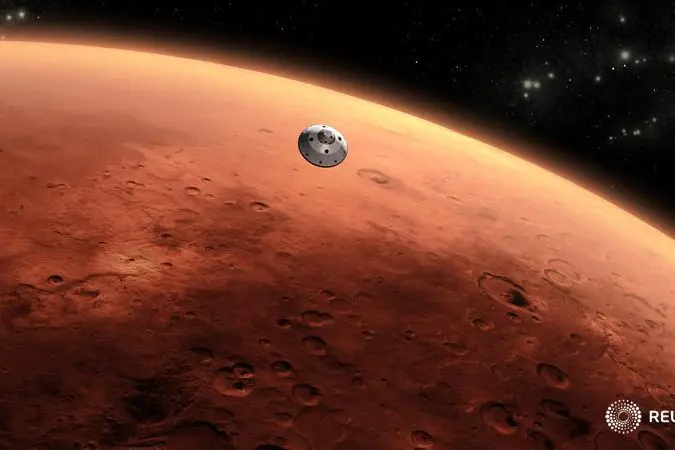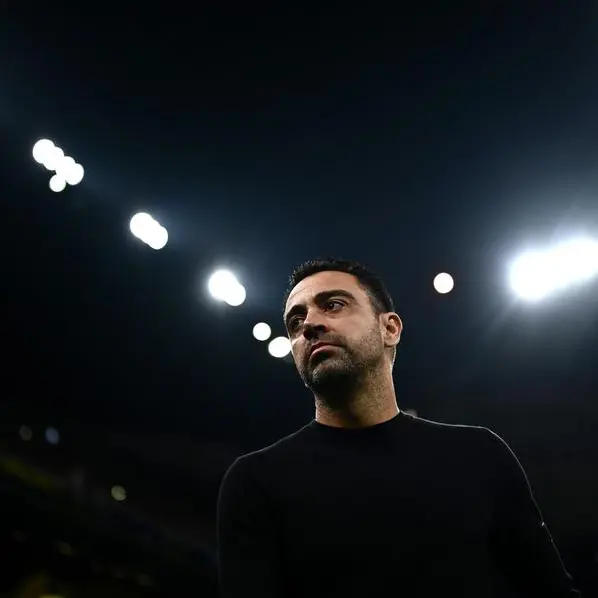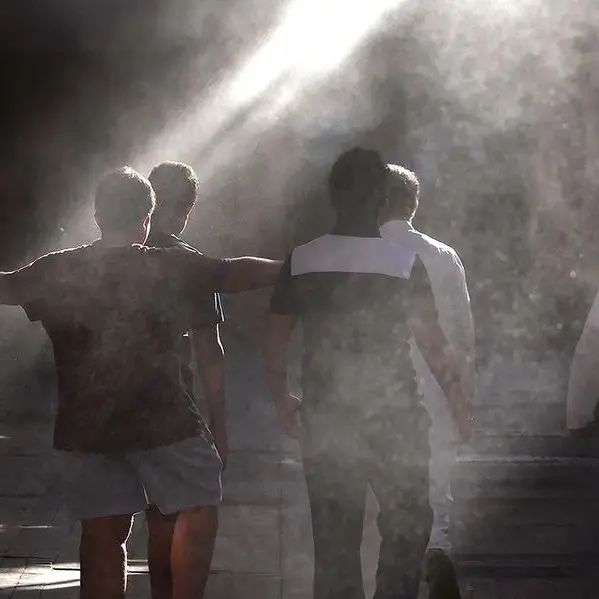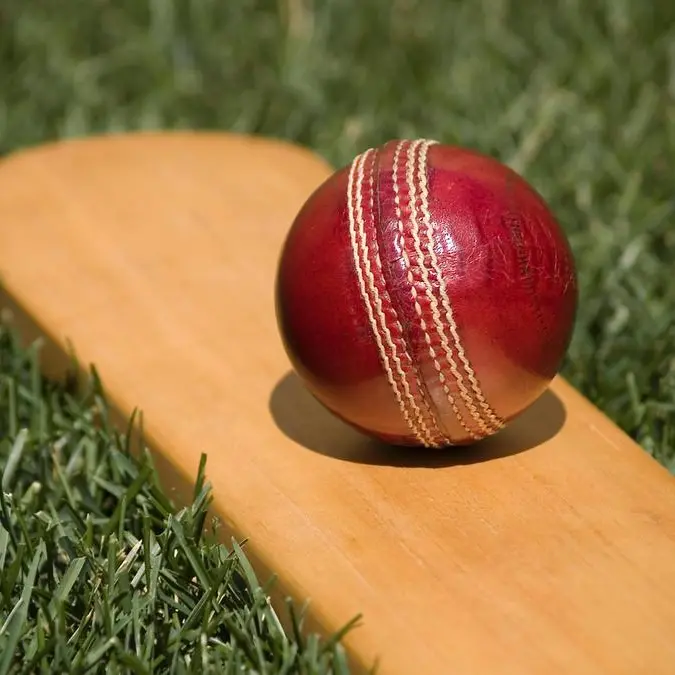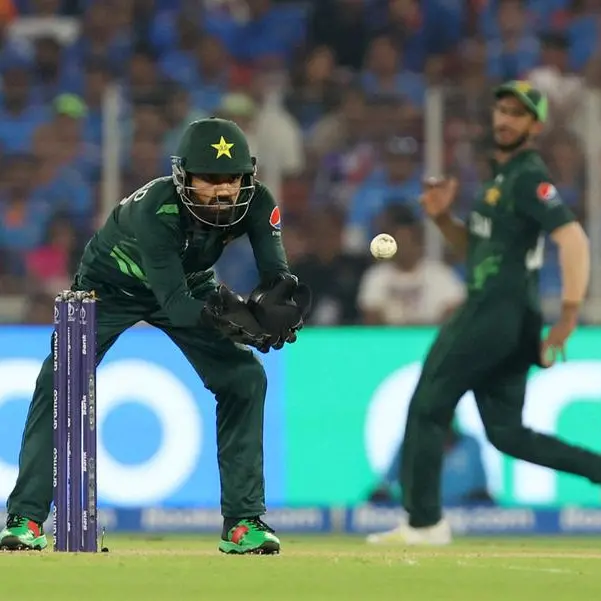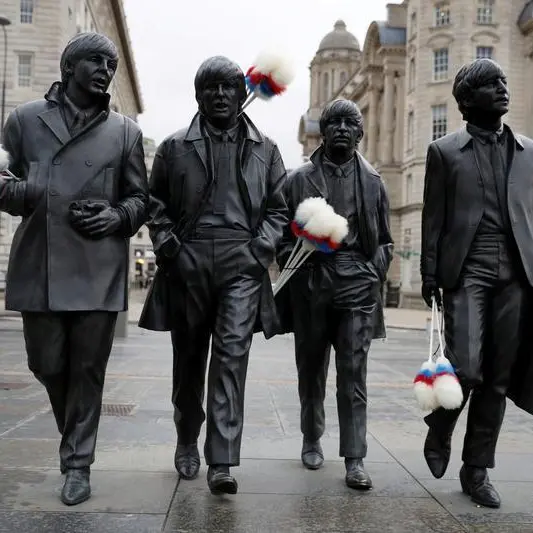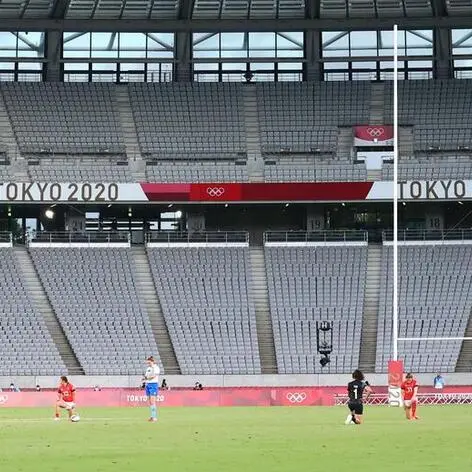PHOTO
ABU DHABI - Three Emirati students are being trained to support the UAEs goal of unlocking the secrets to Mars, via a United Arab Emirates University, UAEU, project designed to provide greater insight into the Red Planet.
The UAE Space Agency plans to send a probe, 'Al Amal' or 'Hope, to the Earths neighbouring planet, with the aim of reaching Mars orbit by 2021, the 50th anniversary of the UAEs independence.
UAEU is playing its part to support the Emirates Mars Mission and the UAEs galactic ambitions by developing a machine-learning model that will theoretically bring a new dimension to analysing the quality of satellite images received from the planet, and extracting highly-detailed information about its landscape. The aim of the project is to support the cultivation of a new generation of Emirati space professionals.
A trio of UAEU students, Aysha AlMheiri and Mariam AlMarzooqi, who are studying computer science, and Asyal AlNaqbi, an information security undergraduate, are working with Professor Nazar Zaki, Chair of the Department of Computer Science and Software Engineering within UAEs College of Information Technology, on the project, the hyper-accuracy of which will allow studies of the findings of Mars planetary science research to be streamlined.
"The project is in line with the Emirates Mars Mission, which will generate visibility and results that put the UAE at the forefront of Red Planet exploration," explained Professor Zaki.
"With this project, the three students are being educated and trained to develop advanced machine-learning techniques capable of analysing planetary satellite data. They will have the opportunity to foster their research skills and work with experts in the field of machine-learning, data-mining and predictive analytics."While Mars, the only planet whose surface can be viewed in any detail through an Earthbound telescope, is now understood to be cold and dry, scientists believe it was once far warmer and wetter. Satellite imagery obtained from various exploratory missions has, for many years, been used in a bid to determine whether there was once life on the planet and whether there is life there now.
"It is desirable to develop automated techniques to validate the quality of these images, extract detailed information, such as the effects of climate change on Mars, and convert them into 3D images for better analysis and exploration," said Professor Zaki.
The Hope spacecraft that is at the centre of the Emirates Mars Mission, the preparation and implementation of which is being overseen by the Mohammed bin Rashid Space Centre, must blast off from Earth during a brief and critical launch window in July 2020.
Copyright Emirates News Agency (WAM) 2017.
The UAE Space Agency plans to send a probe, 'Al Amal' or 'Hope, to the Earths neighbouring planet, with the aim of reaching Mars orbit by 2021, the 50th anniversary of the UAEs independence.
UAEU is playing its part to support the Emirates Mars Mission and the UAEs galactic ambitions by developing a machine-learning model that will theoretically bring a new dimension to analysing the quality of satellite images received from the planet, and extracting highly-detailed information about its landscape. The aim of the project is to support the cultivation of a new generation of Emirati space professionals.
A trio of UAEU students, Aysha AlMheiri and Mariam AlMarzooqi, who are studying computer science, and Asyal AlNaqbi, an information security undergraduate, are working with Professor Nazar Zaki, Chair of the Department of Computer Science and Software Engineering within UAEs College of Information Technology, on the project, the hyper-accuracy of which will allow studies of the findings of Mars planetary science research to be streamlined.
"The project is in line with the Emirates Mars Mission, which will generate visibility and results that put the UAE at the forefront of Red Planet exploration," explained Professor Zaki.
"With this project, the three students are being educated and trained to develop advanced machine-learning techniques capable of analysing planetary satellite data. They will have the opportunity to foster their research skills and work with experts in the field of machine-learning, data-mining and predictive analytics."While Mars, the only planet whose surface can be viewed in any detail through an Earthbound telescope, is now understood to be cold and dry, scientists believe it was once far warmer and wetter. Satellite imagery obtained from various exploratory missions has, for many years, been used in a bid to determine whether there was once life on the planet and whether there is life there now.
"It is desirable to develop automated techniques to validate the quality of these images, extract detailed information, such as the effects of climate change on Mars, and convert them into 3D images for better analysis and exploration," said Professor Zaki.
The Hope spacecraft that is at the centre of the Emirates Mars Mission, the preparation and implementation of which is being overseen by the Mohammed bin Rashid Space Centre, must blast off from Earth during a brief and critical launch window in July 2020.
Copyright Emirates News Agency (WAM) 2017.
